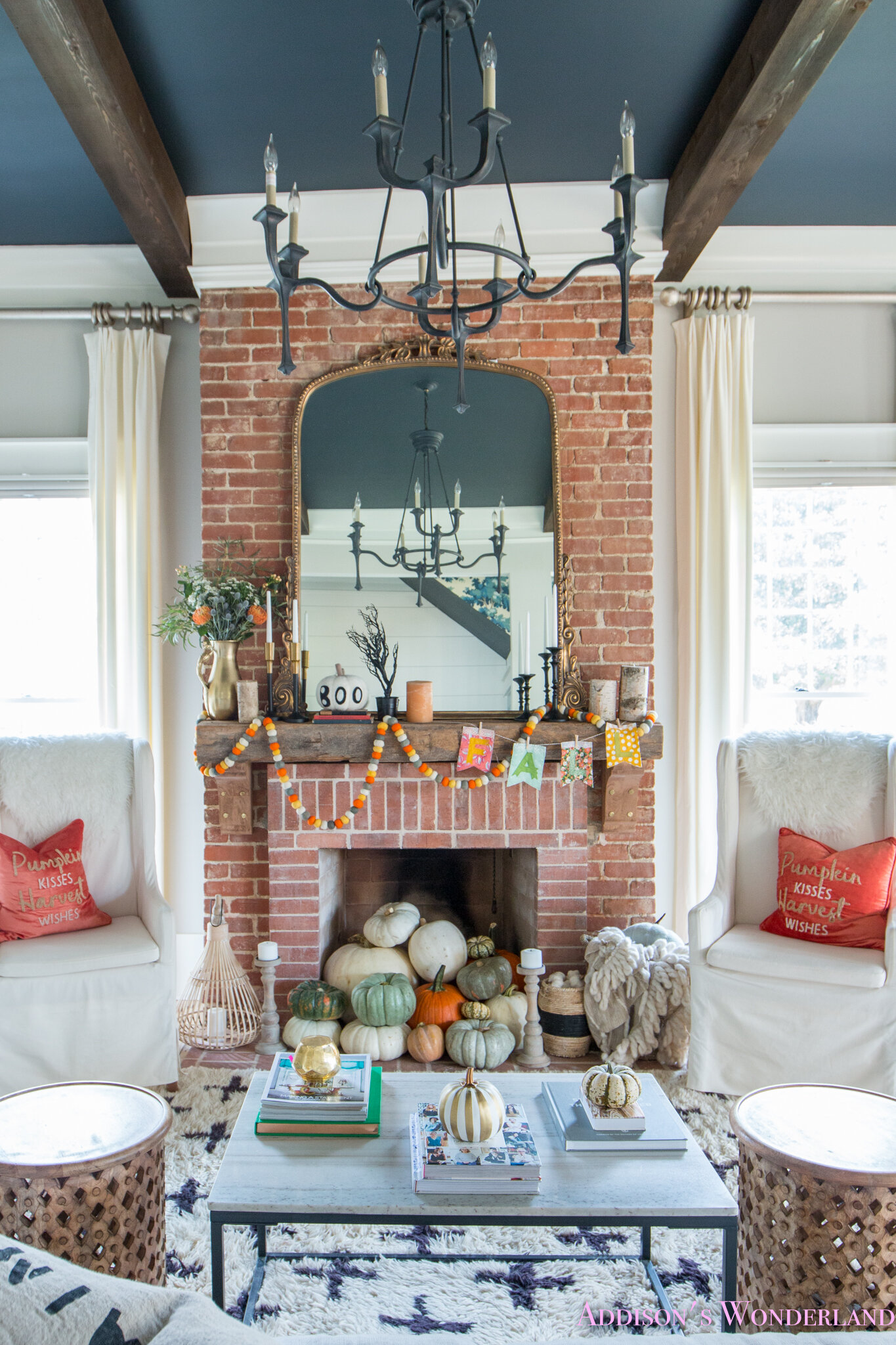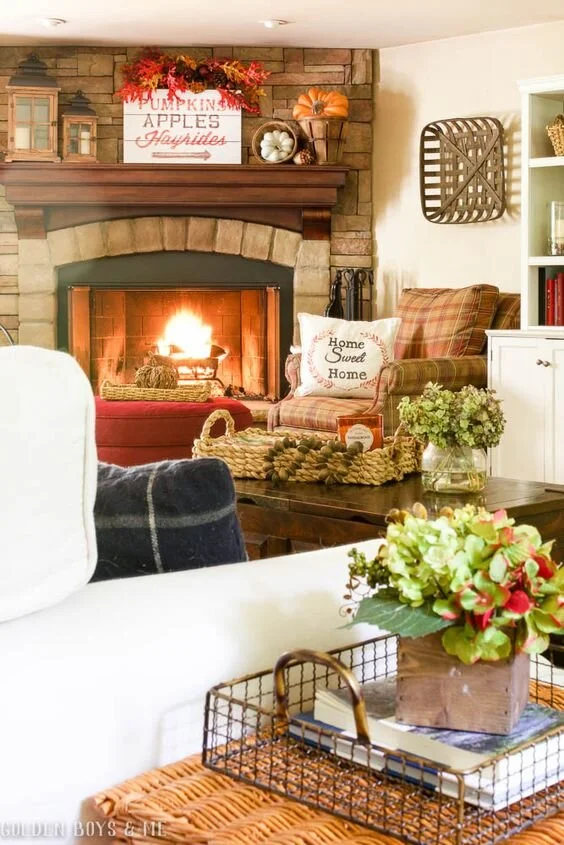How to Decrease Energy Usage in Your Home?
RH Business Marketing Solutions
With increasing electricity bills and environmental concerns, saving energy is crucial than ever. Reducing energy consumption weakens the intensity of carbon emissions in the environment. These emissions are responsible for causing sudden climate change that can lead to devastating natural disasters and disturb the ecological balance of planet earth.
Adding further, reducing carbon emissions also improves the quality of air and fosters a healthy environment for everyone. That is why it is necessary to become aware of energy usage and come up with practical solutions to reduce it significantly and save energy. Here are some easy ways you can decrease energy usage in your home.
5 Efficient and Super Easy Ways to Decrease Energy Usage
1. Switch to LED Light Bulbs
Though traditional incandescent light bulbs are cheap, they consume a lot of electricity and immensely increase your electricity bill. If you have used them, it is best to switch to an energy-efficient alternative like Light-emitting Diode bulbs or simply LEDs. They use 75% less electricity and last longer than traditional bulbs. People often misunderstand LED’s to be expensive, but they continue to glow for longer periods of time and helps save on electricity bills in the long run.
2. Use Smart Power Strips
Using a smart power strip is a brilliant way to reduce energy usage and save extra dollars on the electricity bill. Not only it turns off all the devices at once, it shuts off the power supply to appliances when they are not in use or in standby mode. It can reduce energy usage by 25% and help you save over 250$ a year. For better results, you can get an advanced power strip and monitor the electronics from your smartphone.
3. Buy Energy-Efficient Appliances
There are plenty of benefits of using energy-efficient appliances. They prevent greenhouse emissions by reducing carbon footprint and help you save energy and money. Before buying household electronic items, look for the energy star label and its operating cost. These characteristics will vary from product to product, so choose smartly to decrease energy usage. Most energy-efficient appliances cost more than conventional ones, but their long-term benefits nullify the extra dollars. Any appliance that uses solar energy is ideal. A solar powered generator can be an excellent addition to any home as well.
4. Change Day-to-Day Behaviors
It may sound trivial but adjusting day-to-day behaviors can bring great results. You can decrease energy usage by turning off lights when not in use and switching off computers, other electric appliances when no longer in use. Adding further, you can reduce the usage of the air conditioner in summer and thermostat in winter to cut down electricity usage incredibly.
5. Insulate Your Roof or Ceiling
Insulating roofs is a smart way to save money on energy bills and enjoy pleasant weather indoors. The concept of insulation is to decrease the exchange of heat from the roof, wall, and ducts. It avoids escaping warm air during winter and cooler air during the summer months, thereby reducing the usage of heating and cooling electric appliances. Insulating can lower your energy bills by 20%.
Guest Contributor: Madison Valgari


































